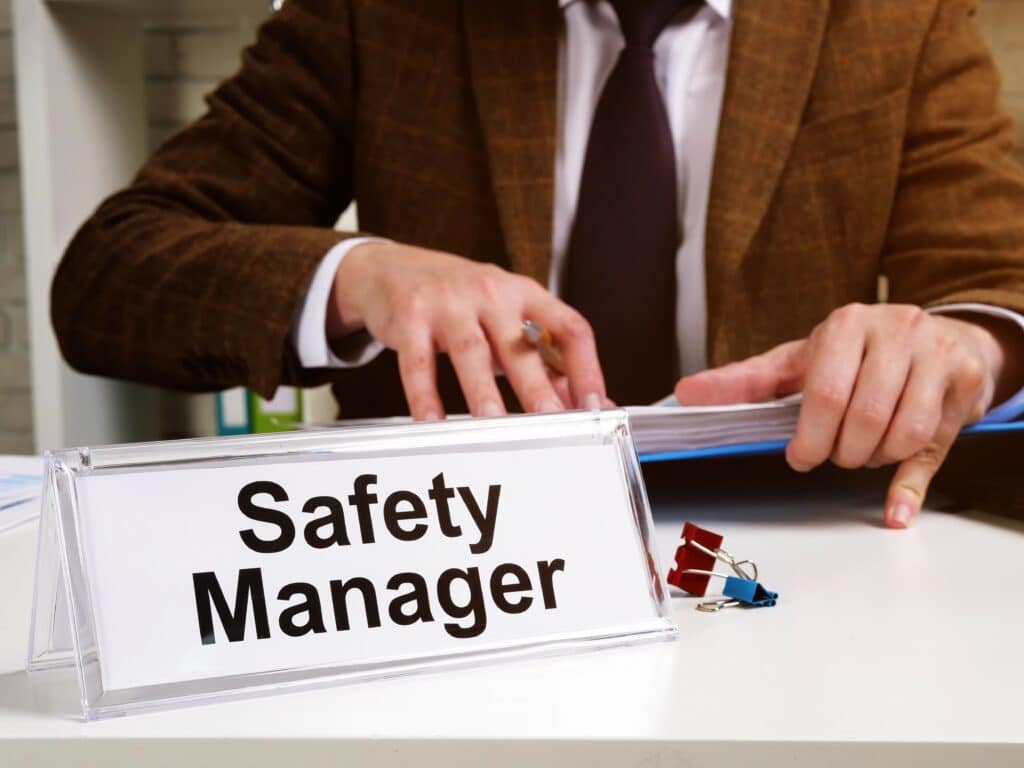Meeting OSHA Requirements and Equipping Staff for Modern Healthcare in 2024
Compliance as a Cornerstone of Patient and Professional Safety
Safety and compliance are vital in healthcare. OSHA regulations provide a crucial framework for safeguarding medical professionals and patients from potential hazards. However, traditional training methods may not effectively equip staff with the skills and knowledge needed to navigate the evolving complexities of modern healthcare risks.
This article outlines ten strategies that medical facilities can consider in 2024 to strengthen their OSHA training programs, with a focus on meeting regulatory requirements and building necessary skills:
-
Data-Driven Insights:
Analyze incident reports, near misses, and employee feedback to identify areas for targeted training. This ensures resources are directed towards the most pressing safety concerns, aligning with OSHA’s goals of prioritizing high-impact areas.
-
Role-Specific Training:
Develop programs tailored to the specific hazards and procedures relevant to different roles within the facility. This equips individuals with directly applicable skills for their daily tasks, ensuring compliance with relevant OSHA standards for each role.
-
Microlearning for Modern Learners:
Break down training into shorter, focused modules for brief sessions throughout the workday. This aligns with modern attention spans and promotes knowledge retention, adhering to OSHA’s recommendations for effective adult learning practices.
-
Interactive Learning Tools:
Utilize simulations and interactive modules to complement traditional methods. These tools can immerse employees in scenarios and allow them to safely apply skills, meeting OSHA’s expectation of engaging and practical training methods.
-
Continuous Learning:
Promote consistent access to safety resources, updates, and opportunities for peer knowledge exchange. This fosters a proactive approach to safety, keeping employees informed about current best practices and potential risks, consistent with OSHA’s goal of creating a culture of ongoing learning.
-
Active Participation:
Integrate collaborative activities, discussions, and case studies into training to enhance engagement. This encourages active learning, knowledge sharing, and ownership of safety practices, aligning with OSHA’s emphasis on collaborative learning environments.
-
Well-being Integration:
Include modules on factors affecting workplace safety, such as stress management, fatigue awareness, and communication. This acknowledges the interplay between employee well-being and overall safety practices, contributing to OSHA’s aim of fostering a holistic approach to workplace safety.
-
Accessible Training Delivery:
Offer training materials and delivery methods accessible to all, considering diverse abilities, learning styles, and language needs. This reinforces commitment to an equitable and safe work environment, fulfilling OSHA’s requirement for inclusive training programs.
-
Recognition and Motivation:
Implement programs that acknowledge employee efforts and validate acquired skills, such as certificates for completed modules. This serves as tangible recognition and motivation for continued learning, supporting OSHA’s emphasis on positive reinforcement for compliance.
-
Priority
: Prioritize safety through positive feedback, leadership involvement, and ongoing training evaluation.
Conclusion:
By strategically implementing these twelve strategies, medical facilities can strengthen their OSHA training programs, promoting a more compliant and safety-conscious workforce. This investment aligns with OSHA’s mission and contributes to a healthier, more productive environment for patients and professionals.
Remember: Tailoring these strategies (best with MedPro Disposal) to your specific facility’s needs and context is crucial for maximizing their effectiveness in strengthening your OSHA training program.



